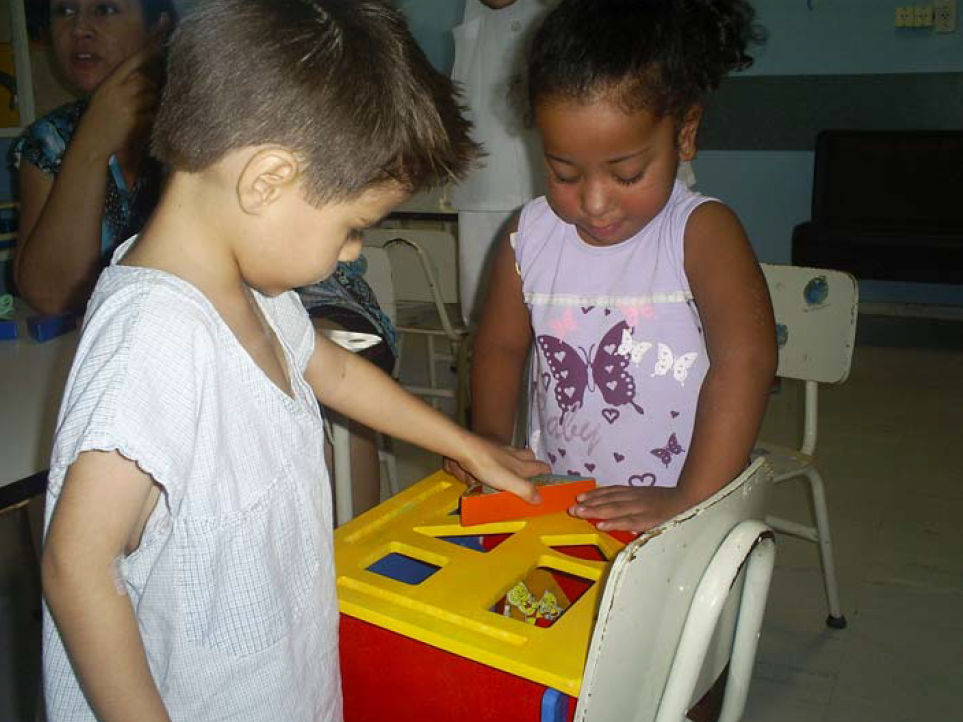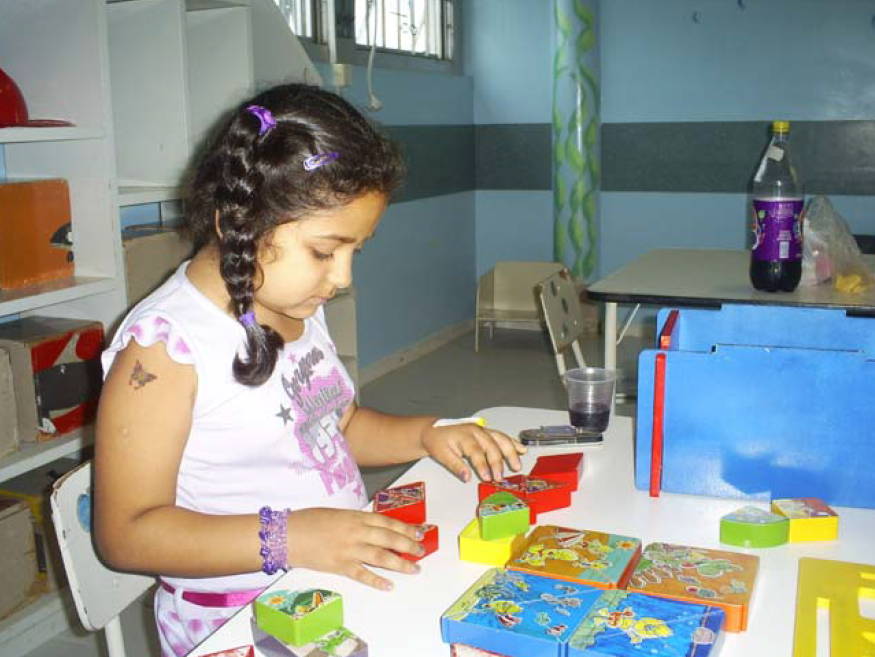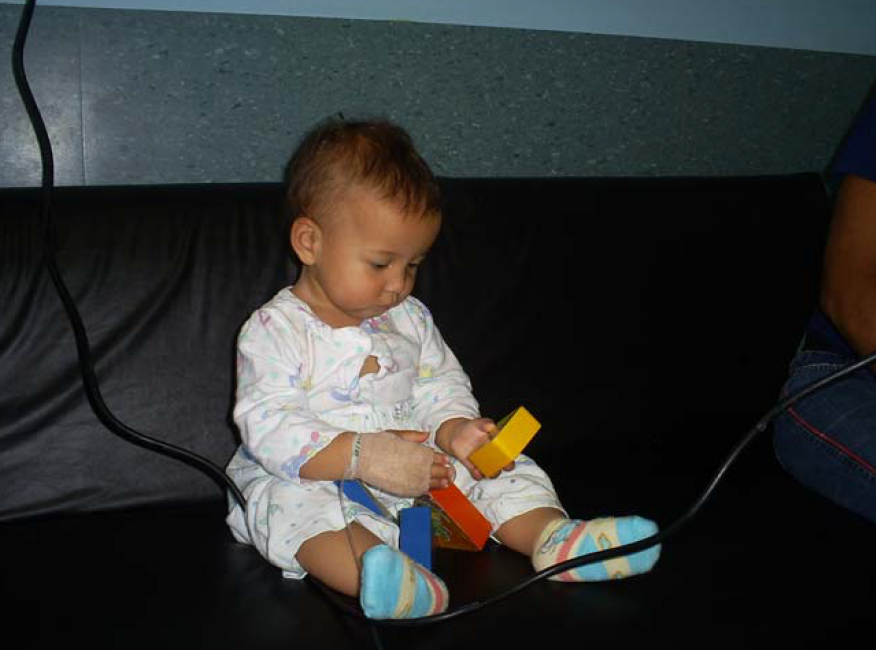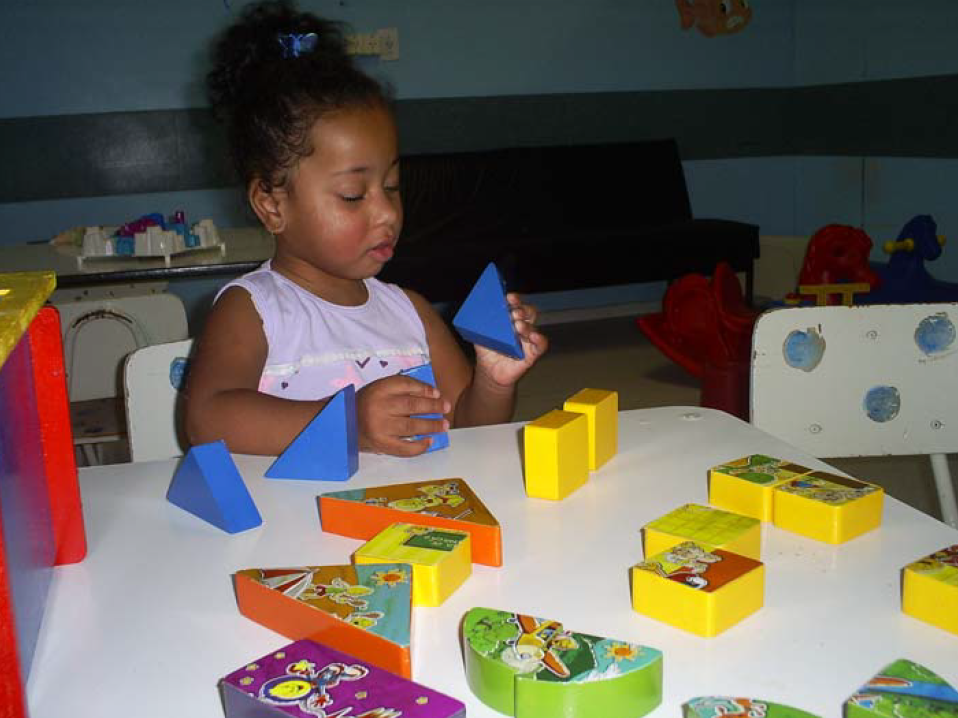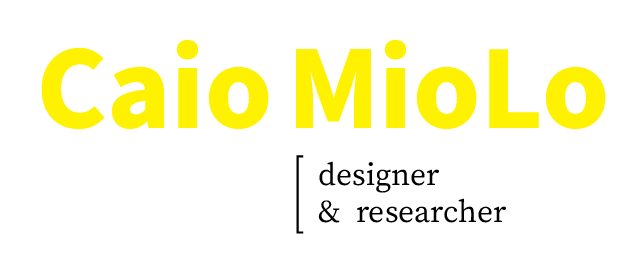Project goal
__
__
The objective of the project, part of the graduation thesis in Design, was to create a children's educative toy for the toy library of the University Hospital of Santa Maria (city located in the south of Brazil).
As it is a hospital toy library, the proposal was to create a toy that could be used by children of different ages (between 1 and 9 years old), that was easy to clean and that disseminated the
mascot created for the hospital.
mascot created for the hospital.
Project duration:
December 2008 to November 2009.
My role
__
__
As it was an investigation for a degree in Design, I participated in all stages of the project: bibliographic research on educational toys, playing, toy libraries, children's characters, product creation, user tests, digital and physical prototypes.
Research
__
__
The research began with the search for references of educational toys for ages 1 to 9 years.
The educational toys investigated were organized into 6 categories of child skill development: (1) manipulation ability, (2) exploratory, (3) emotional, (4) sensory, (5) social and (6) identification
After this research, observations were made of how children of these ages play with each type of educational toy selected. The tests were carried out in the hospital's own toy library.
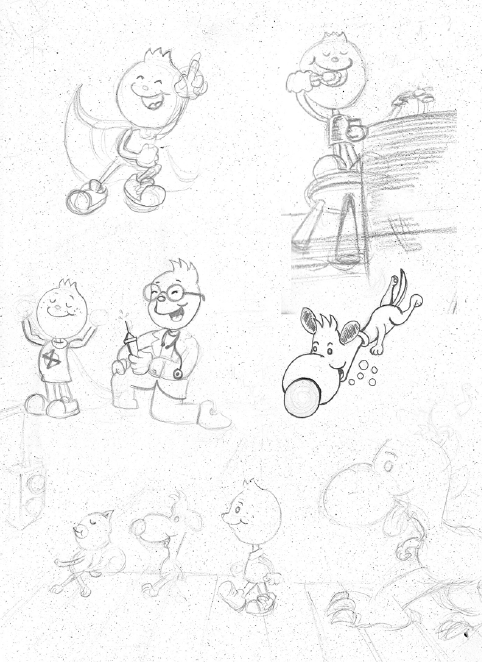
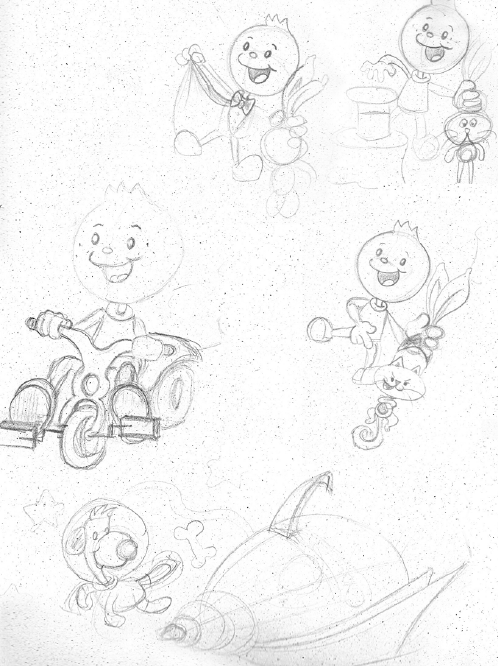

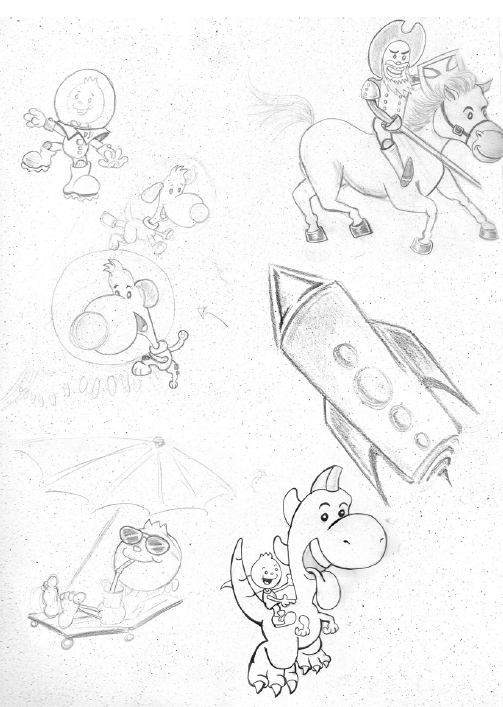

Design
__
__
From the research and analysis of what was observed during the tests, alternatives for the toy were generated. The proposal chosen was one and then the technical drawings, illustrations and physical and digital prototypes were made.
A multi-tasking toy was created, comprising 3 toys in 1: plug-in toy, puzzle and building blocks. The pieces were created so that when shaken they emit noises. Each piece shape emits a different sound. For each age, a type of toy was suggested:
(1) For children up to 18 months: parts handling agitation;
(2) Children up to 3 years old: fit pieces into the corresponding holes on the lid and create different constructions with the blocks;
(3) Children from 5 years old: assemble the puzzles, create different constructions with the blocks, assemble and disassemble the box.
(2) Children up to 3 years old: fit pieces into the corresponding holes on the lid and create different constructions with the blocks;
(3) Children from 5 years old: assemble the puzzles, create different constructions with the blocks, assemble and disassemble the box.
All parts of the toy are made of wood and painted with non-toxic paint and easy to clean with cloth and alcohol or water. The toy box is all pluggable.
Conclusions
__
__
After creating the physical prototype, tests were carried out with children of different ages who were attending the hospital toy library. The toy was well accepted and easy to handle by different children.
This project, despite having been created as part of a degree investigation, was my first contact as a UX designer (when this nomenclature was almost not addressed).
